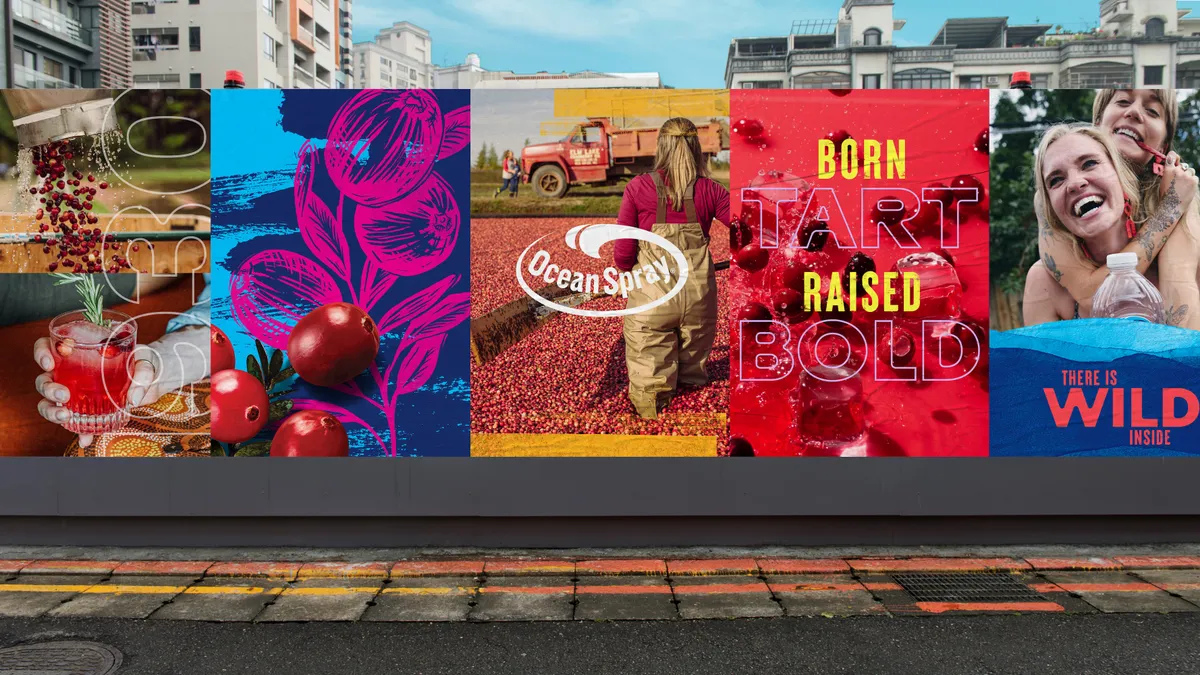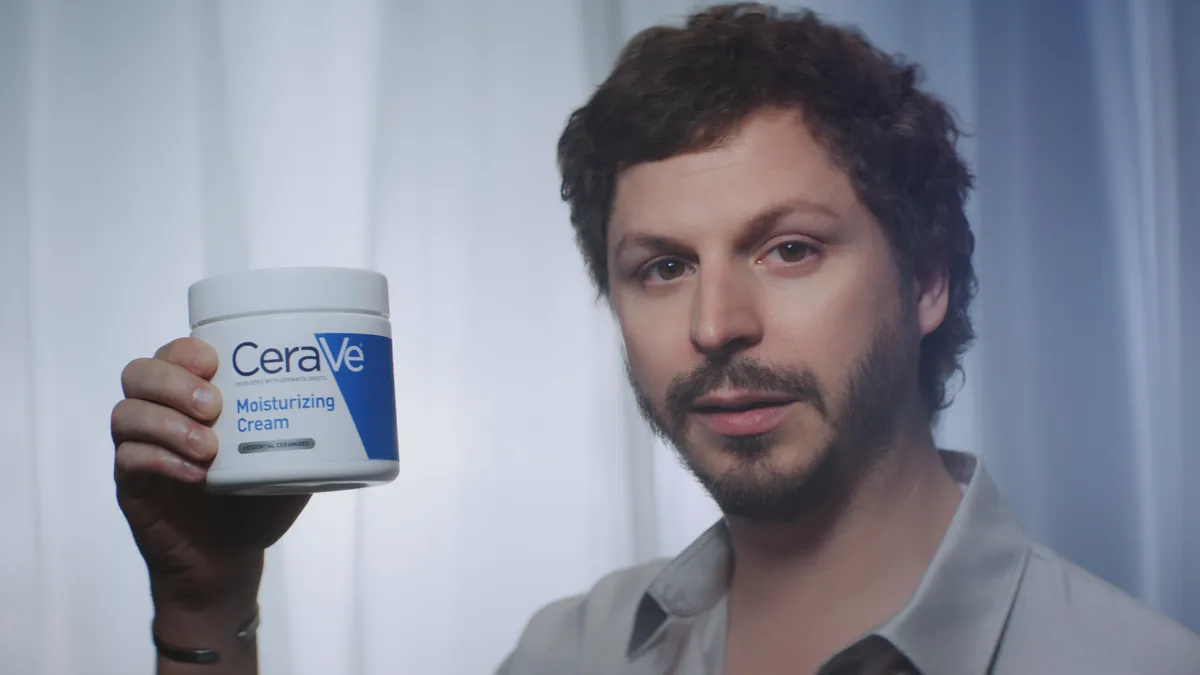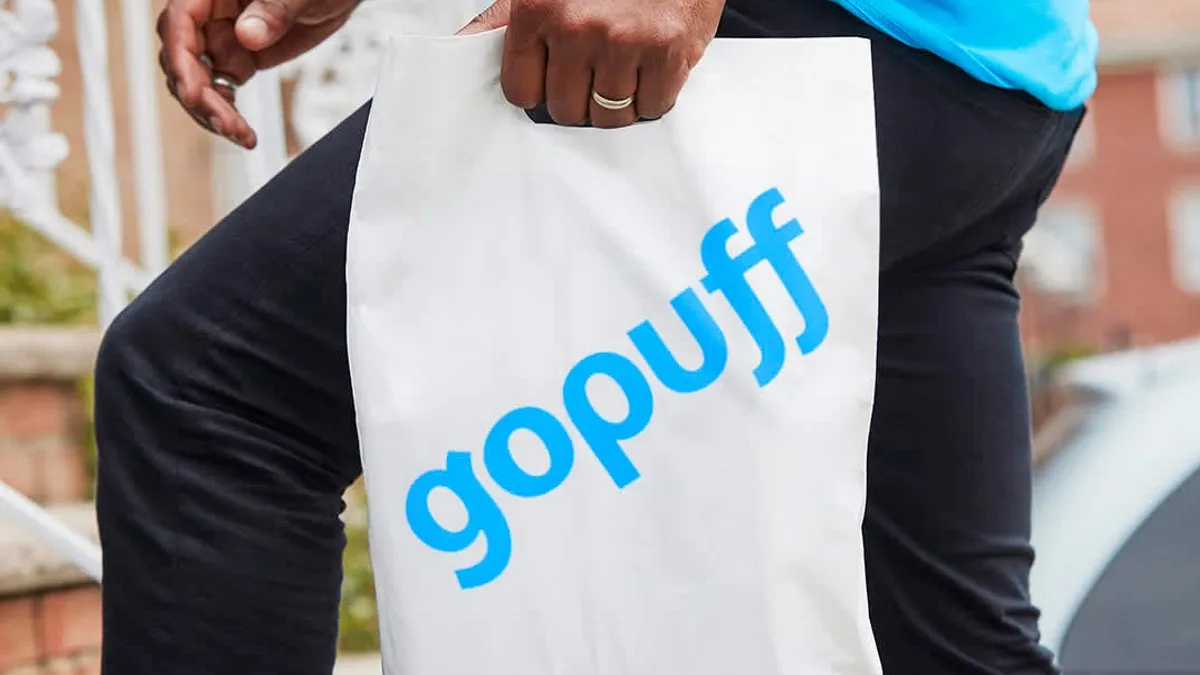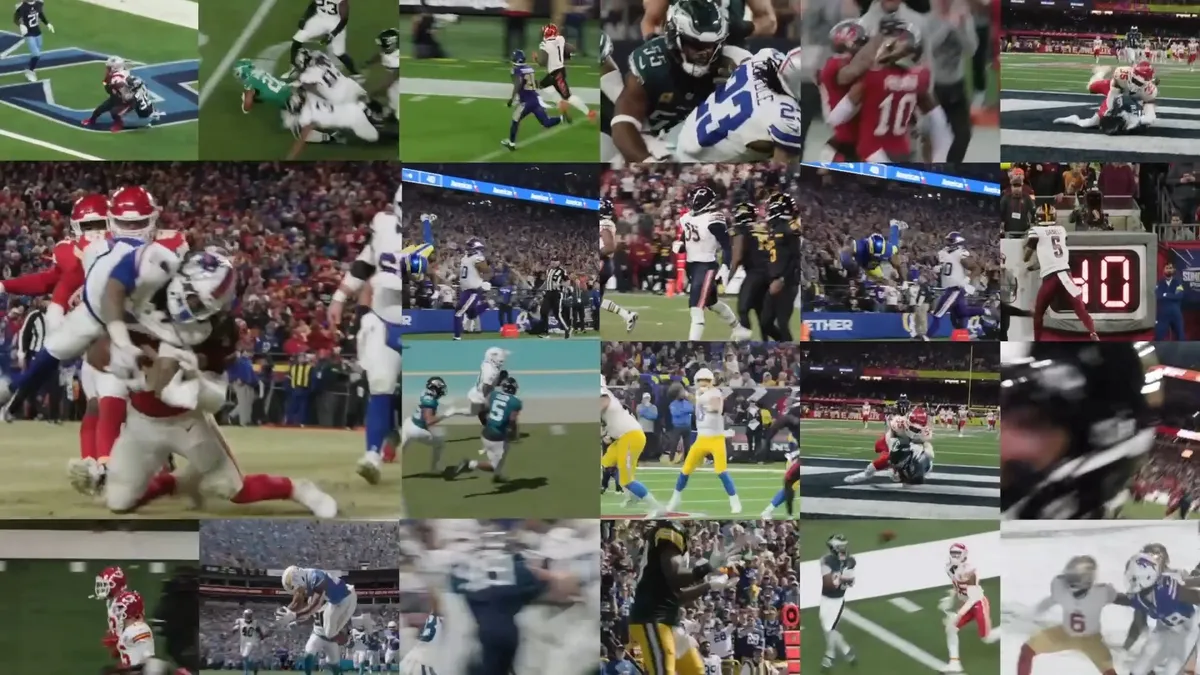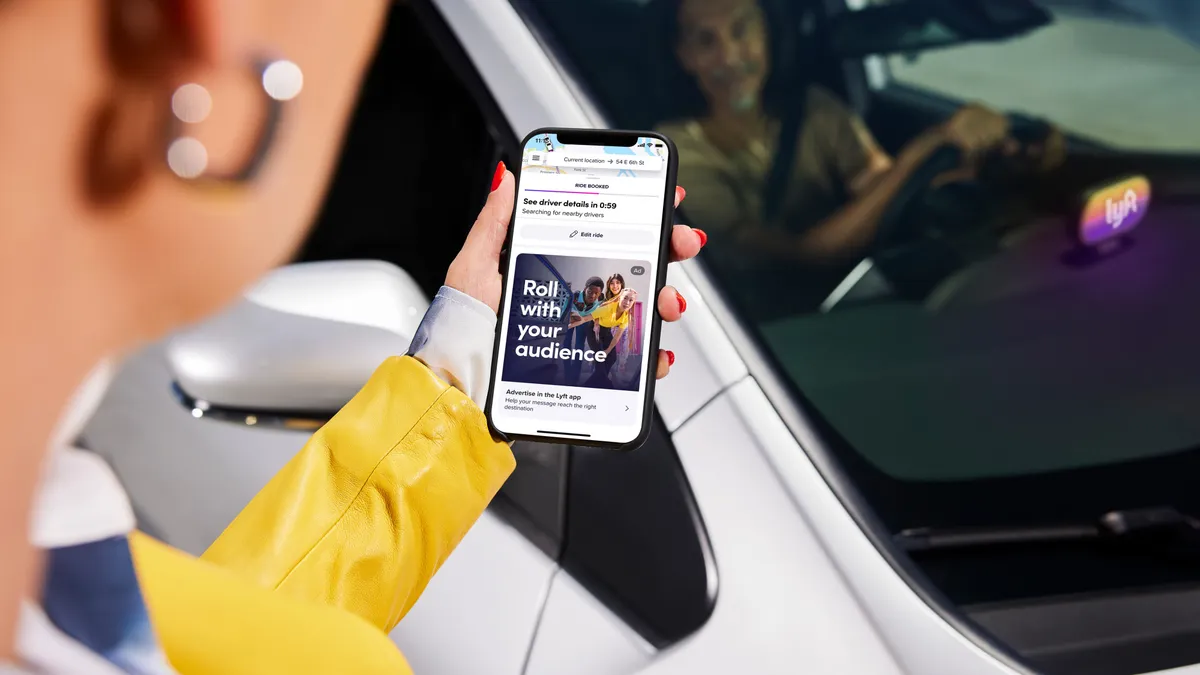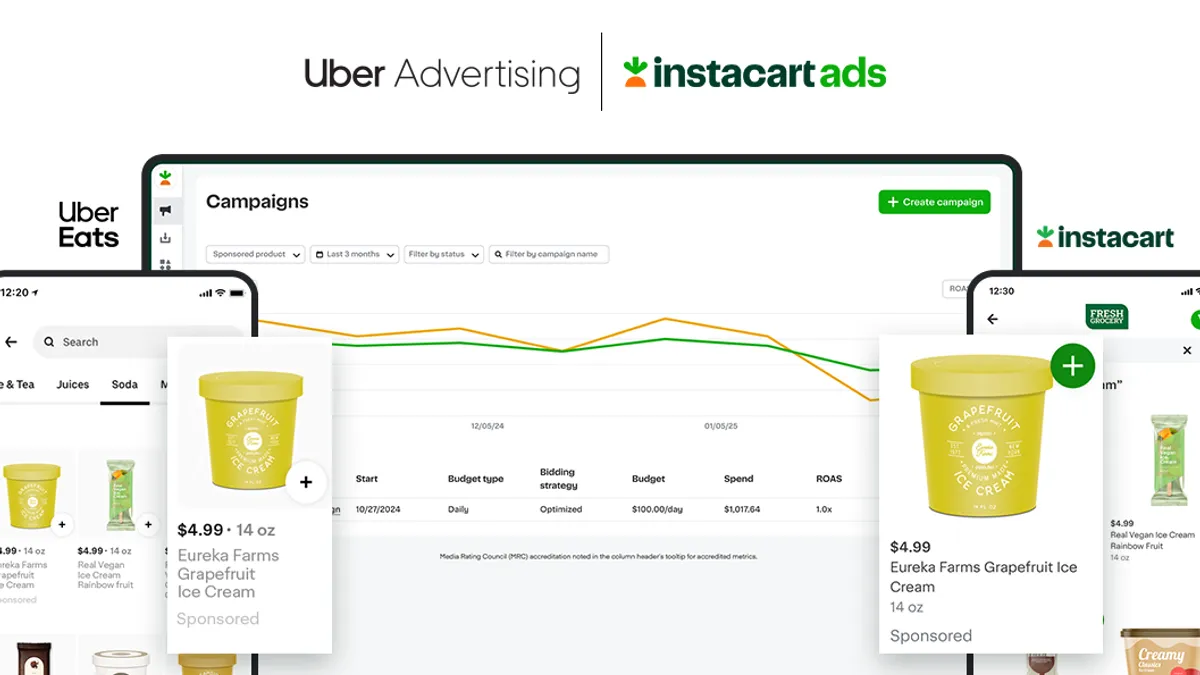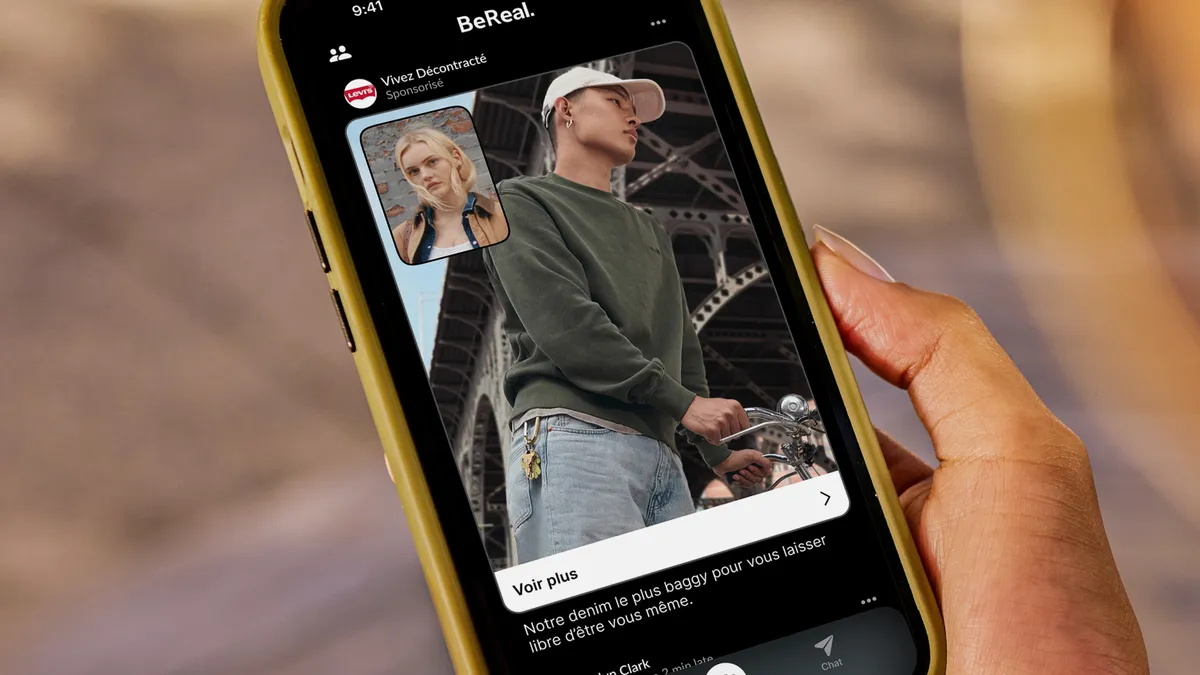Editor's note: The following is a guest post from Matt Wickersham, director of monetization and solutions at Cheetah Mobile.
As platforms like Snapchat, Instagram, and Musical.ly have grown in popularity, so has the public’s appetite for video in new formats. Vertical video has gone from being the butt of internet jokes to the new “it” medium as advertisers scramble to create content for these platforms. Industry research shows that mobile phones are used vertically 98% of the time, which highlights the value of having content that's aligned to the vertical experience. Here are some tips to ensure that a brand's vertical content is as successful and effective as possible.
Be platform-specific
Content’s success is largely contingent on its designated platform. Twitter and Facebook optimize videos in very different ways, and this ultimately affects the viewer experience. This is essential to keep in mind when designing video content for optimal engagement. For example, it’s best to use lengthier videos for Facebook, as it has a user experience average of over three minutes per session. Three minutes might not seem like a long time, but the ability to engage with a consumer for three minutes makes for an incredibly valuable medium. But using long-form video on a more mobile platform like Instagram, where the average user time is under two minutes, could likely be a waste of resources and also alienate audiences. Similarly, while the average amount of time spent on on Musical.ly is over three minutes, most content on the platform is less than 15 seconds. The more content is targeted to each platform, the more success marketers will have reaching consumers.
Avoid repurposing 4:3 creative
Nobody likes to read an article that’s been repurposed from elsewhere. Viewers become repeat users when they can access fresh content regularly, and the momentum slows down once the content spigot dries up. Half of the intrigue of social media is that there’s always something new on users' newsfeeds. The same principle applies to vertical content. Nobody wants to see a resized version of the same video they saw on YouTube the week before. Viewers want new content that grabs their attention from the start.
Vertical creative is a different beast from 4:3 content. It requires creative directors to think about what the camera can focus on. Content in 4:3 is much wider than vertical content, so there can be more in the background than in vertical videos. But for vertical content, where space is especially valuable, the camera must focus on one subject. This makes it difficult — but not impossible — for brands to repurpose 4:3 content for vertical use.
Keep content to 10 seconds or less
Brevity is key to better content. Though there are benefits to longer-form videos on Facebook, it’s safe to assume not every consumer can engage with your content for extended periods of time. Ten seconds is a bite-sized length for organic content, with the long-term goal to increase the user's presence in the app. If a brand runs video ads, keep them even shorter. If content is in a more digestible format, it increases the odds of users engaging with multiple pieces of content. There’s more value in multiple six-second clips than one 30-second one. It offers the chance to accumulate repeat viewers. Give users the option to watch multiple videos, and they’ll stay with your content far longer.
Keep your content fresh
Consumer retention is a high priority for marketers. One of the many ways to maintain a repeat customer base is to post fresh content regularly. Think about it — what do you do when you log into Facebook? Most likely, you’re checking the latest updates from your social circle and looking at what’s trending at the moment — in other words, you’re looking for content that you haven’t seen before.
New video content being created and watched by the users of the app creates an endless cycle of optimum user engagement. One thing to note is that it’s not enough to upload content frequently — it has to be consistent. If a brand aims to post daily, they can't skip a day and expect their audience not to notice. Consistency helps solidify a brand as a prized content maker. This will take a fair amount of planning from a marketing team, but if an organization makes a content calendar and sticks to it, it will pay off in the end.
Use influencers
Advertising is tricky. Trying to convince new customers through ads has always been a challenge, but enlisting influential people can make that process easier. Influencers are mostly web-based celebrities or bloggers with relatively significant influence over their audiences. Consumers go to them for style tips, advice on sourcing vegan-friendly cosmetics and just about everything else. They’re a friendly (and free) resource for most viewers, and they have a lot of purchasing power. Depending on a brand's platform of choice, it could have access to thousands of influencers with a total reach in the millions. No matter the topic, there's an influencer that will help to reach a desired consumer base.
At this point, nobody’s disputing the importance of having vertical content for social media. But for those who aren’t as familiar with the ins and outs, these five suggestions taken together will help brands optimize their vertical content strategy and ensure they get the attention they deserve.




